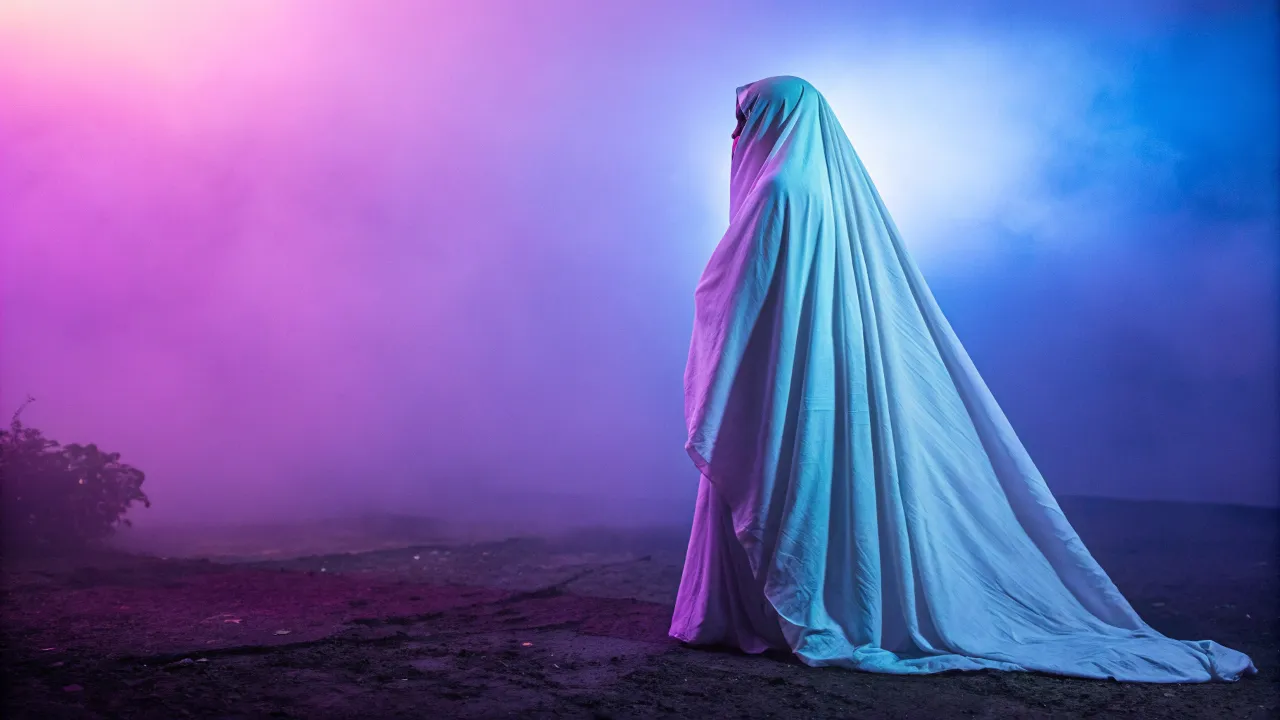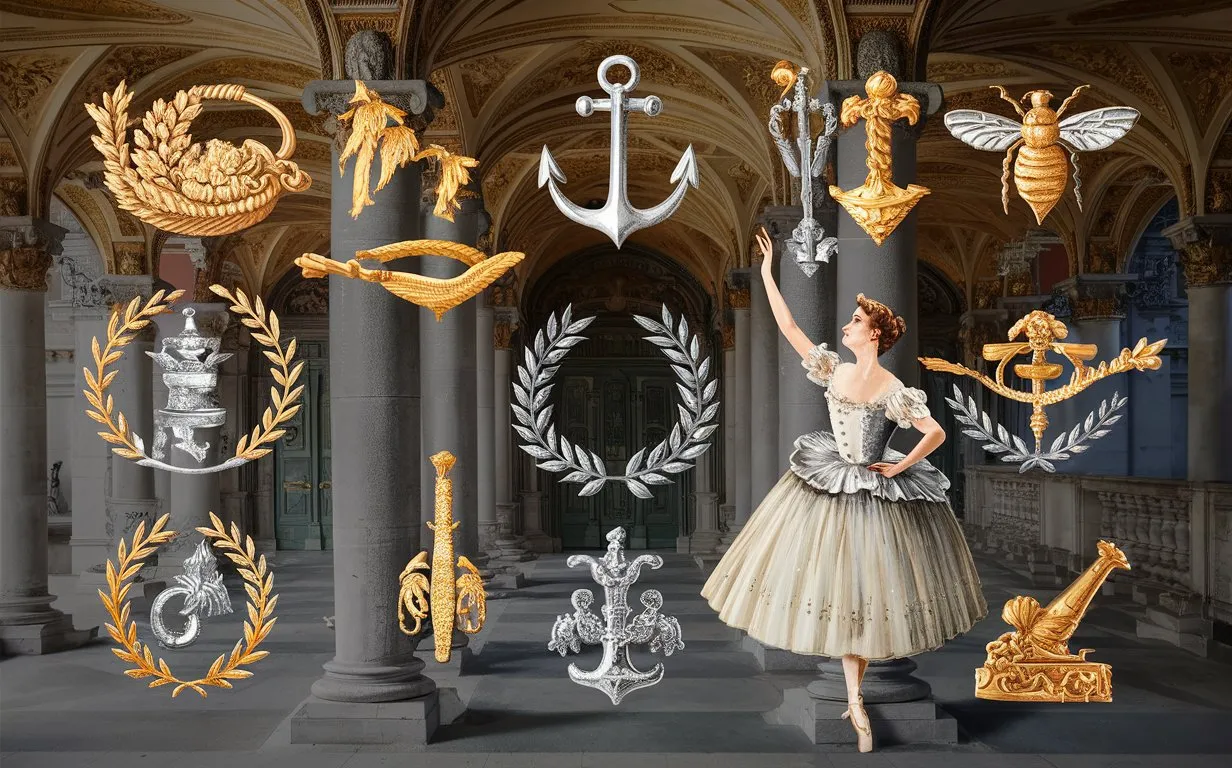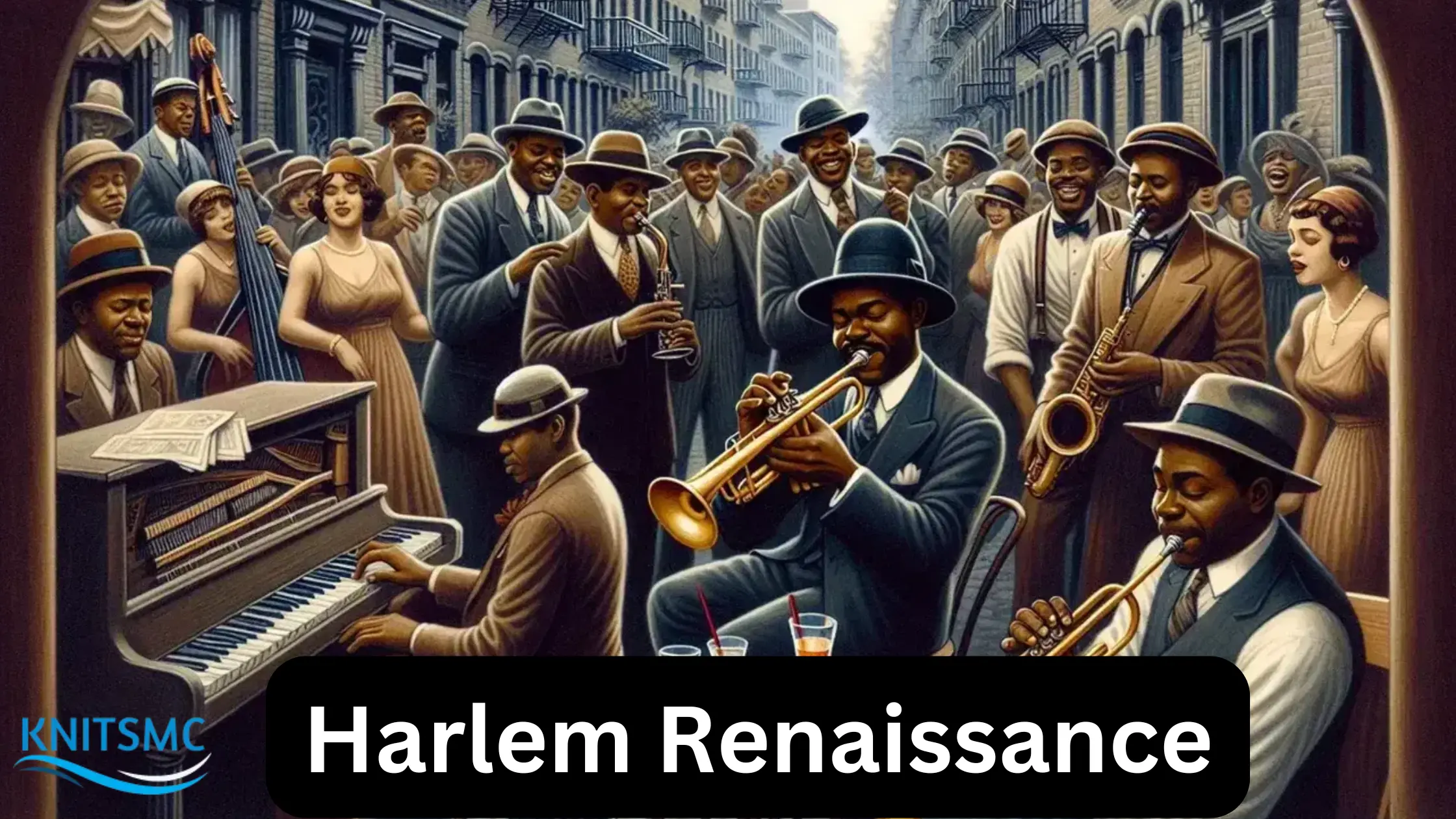The Veil: A Gateway to the Unknown
The concept of the veil, with its enigmatic allure, has long captivated humanity. It serves as a metaphor for the unknown or hidden realities that lie beyond our immediate perception. Whether interpreted through cultural, spiritual, or philosophical lenses, the veil represents a boundary between the known and the mysterious, inviting exploration and contemplation.
Defining the Veil: Symbolism and Meaning
The veil is often seen as a symbolic barrier, separating the mundane from the extraordinary. In many cultures, it represents the thin line between life and death, the physical and the spiritual, or the conscious and the unconscious. For some, the veil is a protective shield, like the one described in the tale of Caelum and Alfheimr, where Estrella has safeguarded lives for nearly 400 years. In this context, the veil is not just a boundary but a guardian, shifting humanity from decadence and sin to survival and virtue.
Cultural interpretations of the veil vary widely. In some traditions, it is a sacred barrier that only the worthy can cross, such as the veil in Islamic culture that separates men and women in certain settings. In others, it is a reminder of the fragility of human existence, like the veil of Maya in Hinduism. The veil’s symbolism is deeply rooted in our collective psyche, representing the fear of the unknown and the hope for what lies beyond.
Historical Perspectives on the Veil
Ancient civilizations often pondered what lay beyond the veil. From the Egyptians’ elaborate burial rituals to the Greeks’ myths of the underworld, the veil has always been a central theme in humanity’s quest to understand existence. Religious texts, too, are replete with references to the veil. In Christianity, it is the barrier between Earth and Heaven, while in Hinduism, it represents the illusion of Maya, the material world that obscures spiritual truth.
The veil also appears in mythologies as a gateway to other realms. In the story of Caelum and Alfheimr, a tale of two worlds separated by a mystical veil, the veil is a literal and metaphorical boundary, protecting the world from chaos and destruction. This duality of the veil—both protective and mysterious—echoes throughout history, shaping our understanding of the unknown.
Philosophical Explorations: The Nature of Reality

Dualism and the Veil: Separating the Physical and Spiritual
Philosophers have long debated the nature of reality, often using the veil as a metaphor for the separation between the physical and spiritual worlds. For instance, Plato’s allegory of the cave describes a veil of ignorance that prevents humans from perceiving true reality. Similarly, Descartes’ dualism posits that the mind and body are distinct entities, with the veil as the boundary between them.
In the context of Caelum and Alfheimr, the veil represents a similar duality. It is a barrier that separates the world of survival and virtue from the chaos of decadence and sin. This philosophical interpretation of the veil challenges us to consider whether our perception of reality is complete or if there is more beyond what we can see and understand.
Also Read: Why Do Some Drivers Drive So Slow?The Real Reasons Explained
The Veil of Perception: How We Experience Reality
Human perception is inherently limited. Our senses can only process a fraction of the world around us, and cultural and personal biases shape our cognition. This limitation is often called the ‘veil of perception,’ a concept explored by philosophers like Immanuel Kant. According to Kant, the veil of perception prevents us from experiencing the ‘thing-in-itself,’ or the true nature of reality, as it is independent of our perception.
In the world of Caelum and Alfheimr, the veil serves a similar function. It obscures the world’s true nature, forcing characters to navigate a morally grey landscape where survival and virtue are constantly at odds. This exploration of perception and reality adds depth to the story, making it a compelling read for those interested in philosophical themes.
Spiritual and Mystical Dimensions
The Veil in Religion and Spirituality
In many religions, the veil is a symbol of the afterlife. In Christianity, it represents the boundary between Earth and Heaven, while in Buddhism, it is the illusion of Samsara, the cycle of birth and rebirth. Mystical experiences often involve transcending the veil, whether through meditation, prayer, or near-death experiences.
The story of Caelum and Alfheimr also explores these spiritual dimensions. The veil is not just a physical barrier but a spiritual one, separating the world of the living from the realm of the divine. This spiritual interpretation of the veil adds depth to the narrative, inviting readers to consider the role of faith and belief in shaping our understanding of the unknown.
Near-Death Experiences: Glimpses Beyond the Veil

Near-death experiences (NDEs) are often described as glimpses beyond the veil. Common themes in NDEs include encounters with bright lights, tunnels, and life reviews. These experiences are interpreted in various ways, with some viewing them as evidence of an afterlife and others attributing them to neurological phenomena.
In Caelum and Alfheimr, the veil is a recurring motif, representing the boundary between life and death. Characters who cross the veil often experience profound transformations, shifting from decadence and sin to survival and virtue. This exploration of NDEs adds a mystical dimension to the story, making it a thought-provoking read for those interested in the spiritual aspects of the veil.
Scientific Perspectives: Exploring the Unknown
Quantum Physics and the Veil
Quantum physics has opened up new possibilities for understanding the veil. Theories of parallel universes and the multiverse suggest that there may be countless realities beyond our own. Some scientists even propose that consciousness shapes reality, blurring the line between the physical and the metaphysical.
In Caelum and Alfheimr, the veil metaphorically represents these scientific mysteries. It represents the unknown, the unexplored, and the unexplained. This scientific interpretation of the veil adds a modern twist to the story, making it relevant to contemporary discussions about the nature of reality.
Also Read: How Much to Tip Movers? A Quick Guide to Show Appreciation
The Limits of Human Knowledge
Despite advances in science, many questions remain unanswered. What lies beyond the veil? Are we alone in the universe? These questions continue to intrigue scientists and philosophers, driving our collective exploration of the unknown.
In Caelum and Alfheimr, the veil reminds us of these limits. It is a boundary that cannot be crossed, a mystery that cannot be solved. This exploration of the limits of human knowledge adds a sense of wonder to the story, making it a captivating read for those curious about the unknown.
Cultural Representations of the Veil

The Veil in Literature and Art
The veil has been a popular motif in literature and art, symbolizing mystery, secrecy, and the unknown. From Shakespeare’s use of the veil in Hamlet to modern works like Caelum and Alfheimr, the veil continues to captivate audiences with its rich symbolism.
Read Also: Validation Counseling Techniques: Insights from DBT Techniques
In Caelum and Alfheimr, the veil is a central theme, representing the boundary between the known and the unknown. Exploring the veil in literature and art adds depth to the story, making it a compelling read for those interested in its cultural significance.
Embracing the Mystery
The veil will always captivate humanity, serving as a source of wonder and inspiration. Whether interpreted through cultural, spiritual, or scientific lenses, the veil represents the unknown, the unexplored, and the unexplained. In Caelum and Alfheimr, the veil reminds readers of the enduring mystery of existence, inviting readers to embrace the unknown with curiosity and open-mindedness.





